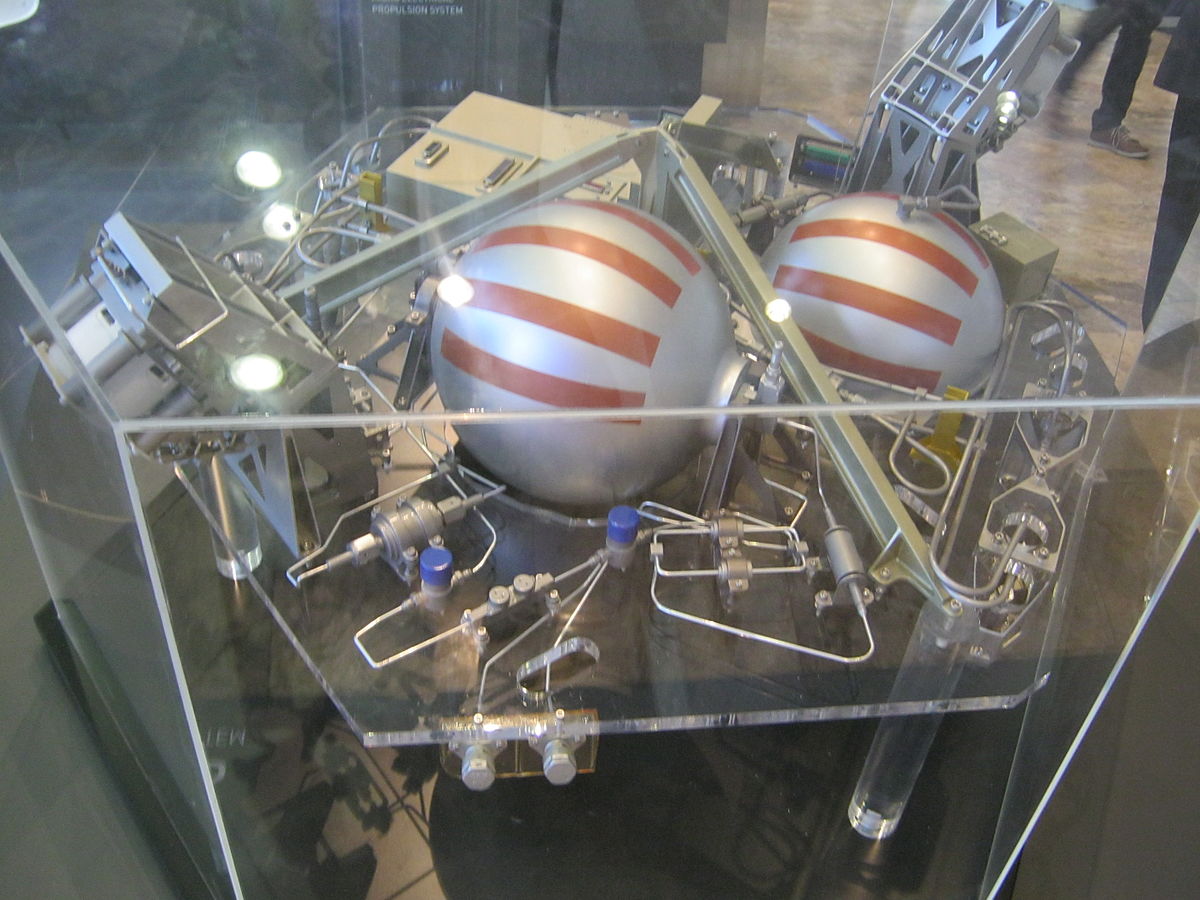Operator ISA/CNES Mission duration 3.5 years Manufacturer IAI
Rafael
CNES | Website smsc.cnes.fr/VENUS/ Bus ISA | |
 | ||
Mission type Earth observation
Technology | ||
Vegetation and Environment monitoring on a New Micro-Satellite (VENµS) is a near polar sun-synchronous orbit microsatellite being jointly built by the Israeli Space Agency and CNES. The project was signed upon in April 2005 and is planned to be launched in 2017. The microsatellite, which set to cost the ISA US$20 million and CNES €10 million, will be designed and built by IAI and Rafael under ISA's supervision.
Contents
For the mission, CNES is responsible for supplying the superspectral camera and the science mission center. The ISA is responsible for the satellite control center, the spacecraft, and the launcher interface.
History
A joint study to check feasility of the program was done on the first half of 2005. Phase A started in 2005 and upon completion, a memorandum of understanding was signed between the ISA and CNES. The satellite was originally planned to be launched in 2008; however due to changes of the launchers and several delays, the launch date has been pushed to July 2017. It is now planned to be launched via a Vega launcher.
Mission
The satellite has a scientific and a technological mission. Their requirements were defined by Centre d'Etudes Spatiales de la BIOsphère, France, and Ben-Gurion University of the Negev, Israel, and CNES.
Scientific mission
The satellite has a 2-day revisit orbit which allows constant viewing angles at constant sun lighting angles. The unique combination is hoped to allow the development of new image processing methods. A set of at least 50 points of interest around the world were chosen to be scanned throughout the scientific mission. The points will be rescanned every 2 days for the entire duration of the mission where it will collect sensory and imagery data. Some of the objectives from the scientific mission are:
The satellite is equipped with a Super Spectral Camera comprises a catadioptric optical system, a focal plane assembly with narrow band filters, and 4 detector units with 3 separate CCD-TDI array. Each array with separate operational and thermal control.
The satellite is also equipped with a Ritchey-Chretien telescope with a focal length of 1.75m and a diameter of 0.25m. The telescope's tube will be covered to protect it from pollution and dust which will deploy once in orbit.
Technological mission
In addition to its scientific mission, the satellite has a technological mission. The satellite will be equipped with Israeli hall effect thrusters (IHET). The mission is to demonstrate the thrusters' enhanced capabilities and autonomous mission operations which include:
Ground Control Station
The satellite will be ground controlled by IAI in Israel which will be linked to two sub-stations in charge of each of the missions: The scientific mission will be operated from Toulouse Space Center, France and the technology mission will be controlled from the Technological Mission Center, Rafael, Haifa, Israel.
